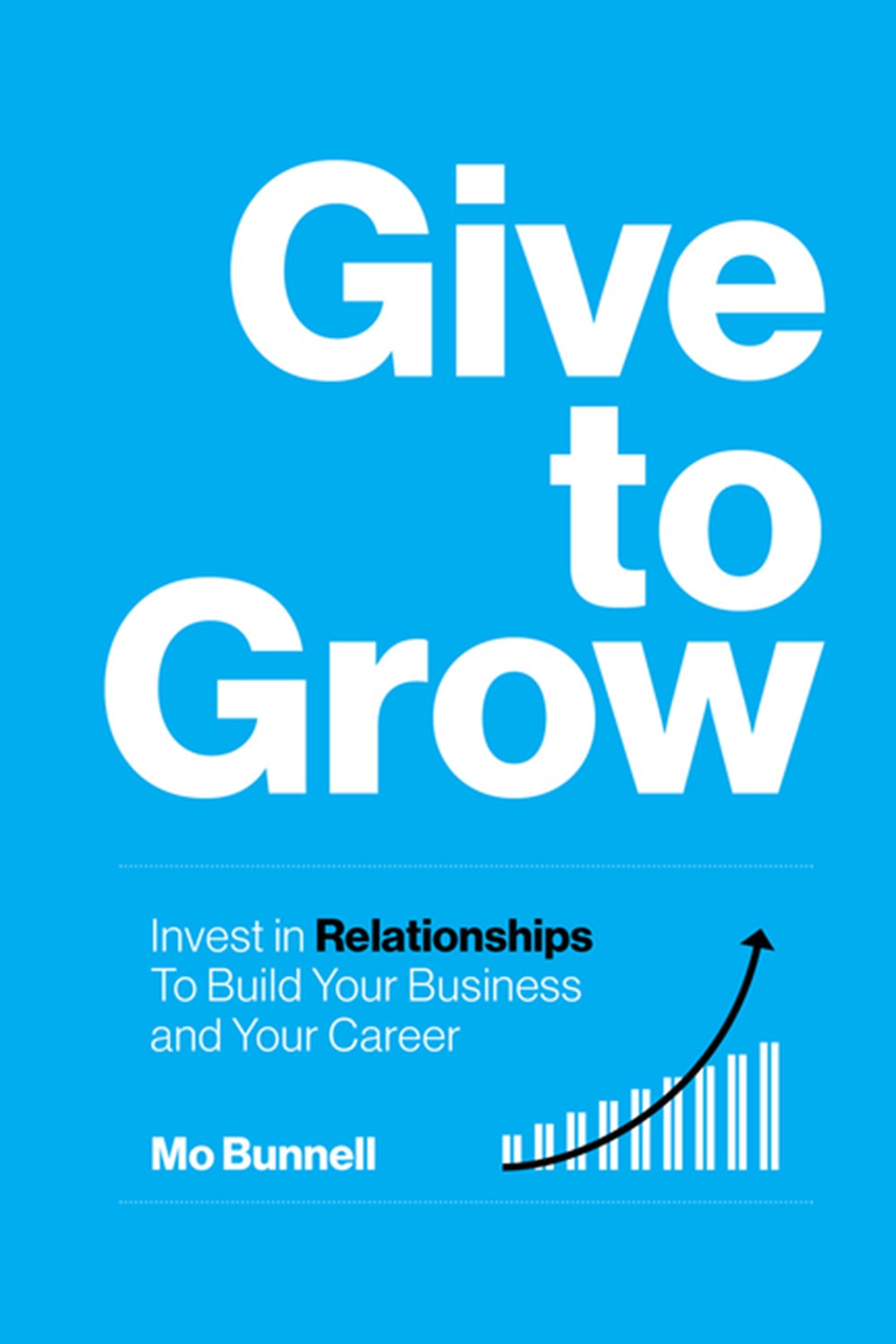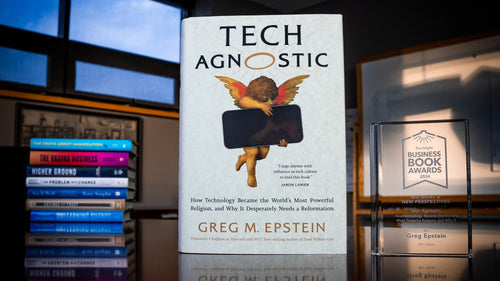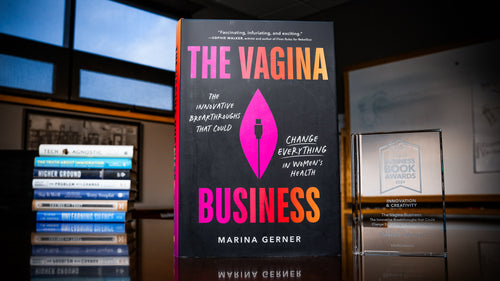An Excerpt from Give to Grow
 Relationships are the foundation of our long-term business success.
Relationships are the foundation of our long-term business success.
The problem is a million things get in the way:
“I don’t have enough time.”
“I don’t want to be a nag.”
“They are super busy right now.”
And the biggest one—“I’m just not good at this.”
There’s a simple solution to breaking through all this noise: Giving.
When you focus on giving, you will remove your own mental roadblocks. You’ll be centered on solving the client’s problems and investing in their success. And you can build a system to consistently integrate the right moves into your busy work life.
The real magic to this approach: It’s always your move, and there’s always a way to be helpful. In Give to Grow, Mo Bunnell shows how to develop the growth mindset that keeps the focus on the relationship.
A great deal might make your year, but a great relationship can make your entire career.
No matter where you are in your career, Give to Grow will help you build the relationships you need to make the impact you want.
The following excerpt comes from Chapter 18: Succeed in the Long Term.
◊◊◊◊◊
How to Get to Where You Want to Go: Cut to Climb
No matter where you’re at, there’s another level of impact. […] Envision your impact as a ladder, with higher on the ladder correlating to greater levels of positive influence and impact. What’s one higher rung of impact for you? Is it working with bigger clients? Doing more of a certain type of work? Starting to mentor others? Building growth systems that scale?
Whatever it is, you’re going to need time to do it. And because time is limited, you’re going to need to cut something else out to get that time. I call this process Cut to Climb.
Before the steps, let me give you some science. You’re set up to fail, to not do this well. That’s because our brains are hardwired to add and not subtract. […] In various experiments ranging from conceptual puzzles to physical tasks, participants almost always solved problems by adding, not subtracting, even when the solution was faster and easier to reach by subtracting. We love to add. He surmised that the IKEA Effect was the reason—we love our own work so much that we’re inclined to add things just to leave our own mark.
That’s why you need to have a prompt to cut, to subtract. Let me say that another way:
Autopilot is your enemy. You have to remind yourself to subtract or you won’t do it.
And the higher you go, the more important subtraction is. That’s because you're busier and you’ll get more opportunities offered to you. Looking backward, you need to remove to improve. And looking forward, you need a way of sifting through all the new ideas to discern what’s worth testing versus distractions masquerading as opportunities.
Here’s your Cut to Climb system:
1. Schedule a recurring quarterly meeting with yourself or your team. Think of how great athletes improve in the off season, which is their built-in time to repair, reflect, and strategize. You don’t have built-in off seasons in business, so you have to build them in with a prompt. This is your off season, and quarterly is the perfect cadence. Monthly comes too quickly and annually too infrequently. If the meeting is with yourself, thirty minutes is fine. You’ll need longer with a larger team. Start with what you think will work—you can always tweak after the first go.
2. Map out what you want to focus on in the next quarter and how long it will take. Figure out what you want to focus on building, what the next rung is on your ladder of impact. Deeper relationships in that new division of a client? Strategic Partner relationships? Packaging up a Go-To Give to Get that’ll scale? More mentoring? Whatever it is, choose what will take you or the team to the next level. Then create the next quarter’s goal, defining what success looks like in that time period. Some of these initiatives might take much longer than a quarter to finish; if so, just break things down into a three-month burst. With that in mind, estimate how much time it’ll take. Don’t worry about precision. A guess is fine.
3. Cut that amount of time from your existing responsibilities. This is the part almost everyone misses. You need to figure out what to cut to be able to tackle the new priorities and climb. Take a look at your historical commitments, review what’s the least valuable, and cut it out.
Pro Tip: You have to be ruthless in your cutting. It can come from any aspect of professional, personal, and volunteer time. You can totally eliminate things, automate as much as possible, or delegate some or all of a responsibility. Be as cold as you can be when you cut. Be creative about how to realign responsibilities. Involve others as needed. If you don’t have agency over your time, no one else will. Remember what we learned from Adam Grant’s research:
Successful Givers know how to say no so they don’t get burned or burn out. Advocate for yourself: say yes to less.
[…]
I don’t want to sugarcoat this. It sounds easy, but it’s not easy at all. It’s hard because things change as you transcend levels, requiring brand-new approaches. Here’s the biggest reason most people don’t keep climbing:
Ego is the biggest reason most people don’t maximize their impact.
To maximize your impact, you’ll need to trust others, even when you’re marginally better at the task you’re delegating. That’s tough stuff, but it’s better to have ten people doing something 80 percent as well as you do it, not only because the short-term throughput is over 8x better but also because in the long term they’ll only improve if they practice the skill, and you’ll be able to focus on higher priorities, blazing a trail to new capabilities.
I’ll say it another way: in each transition, you are the limiting factor. It’s the fight against your own ego, the fight against the lies that you’re the only person that can do something or that you can do it faster, so you should.
Fight this! You’ll never have an outsized impact if you let your ego win the battle of thinking too many things need to be done by you.
If you learned something, others can learn it too.
And if you don’t have the right team now, you can find them. And even if you are faster doing the thing the very next time, it’s not the best use of your time to do it the next ten times and beyond, which is what will happen.
Let me say it clearly. You have two levers to pull to become successful at Winning the Work: how much time you invest and how efficient each unit of time is. That’s it.
Time first. You’re uniquely suited to focus on the Winning the Work activities. Even if you build a great team around you, many of those activities have to be done by you or they won’t happen at all.
Here’s my personal, to-the-second example. I have the best team on the planet, but I’m the only person that can write this book, and I’ll have about one thousand hours in the project the day we publish. That’s half a work year!
To start the project, we had a series of meetings and countless calls handing off dozens of tasks and workflows I had been doing. It was hard to let go of these things, because I could do them at a high level while many were stretches for the team. It was a risk! But while it was hard to let go, the upside was that everyone else could rise up a rung of impact. Or three. If I stayed doing what I was doing, things would feel safe, but we wouldn’t have unlocked the next-level upside this book will give us. Now that I’m finishing up the manuscript, I’m happy we did it. Everything’s gone even better than I could have imagined.
Back to you. You are the first step. If you want to be successful, you’ve got to find ways to Cut to Climb, to shift as much as possible to others, even if that means taking some time to train them.
Excerpted from Give to Grow: Invest in Relationships to Build Your Business and Your Career by Mo Bunnell.
Published by Bard Press, Portland, Oregon.
Copyright © 2024 by Mo Bunnell.
All rights reserved.



